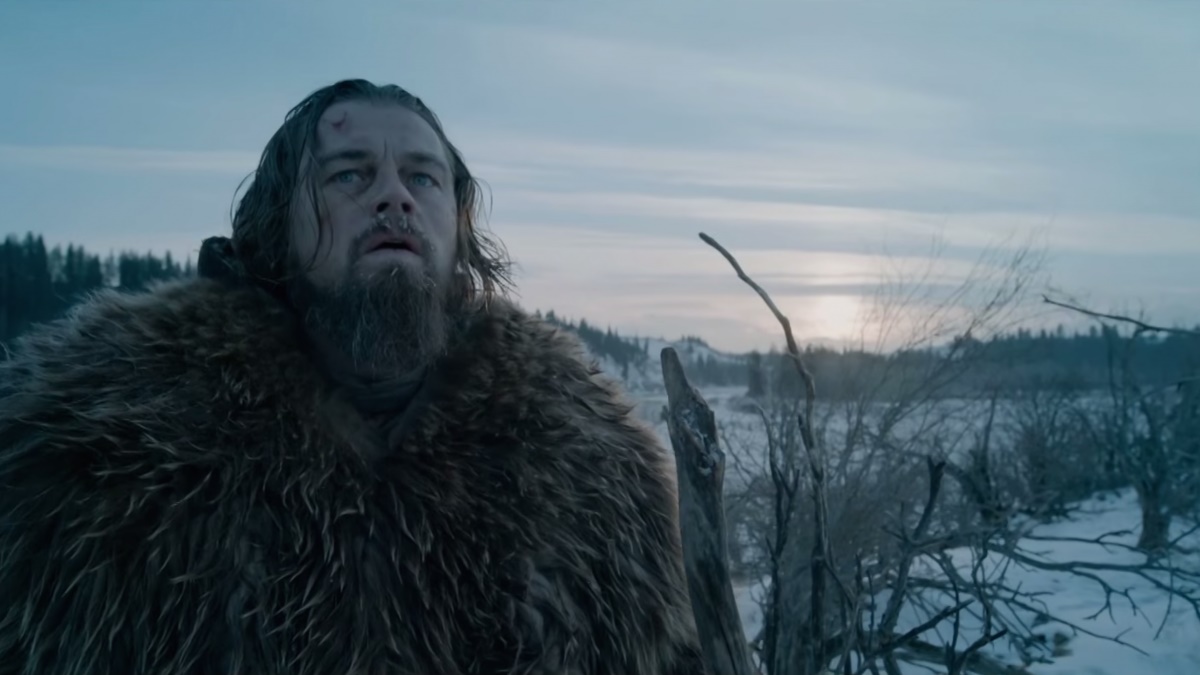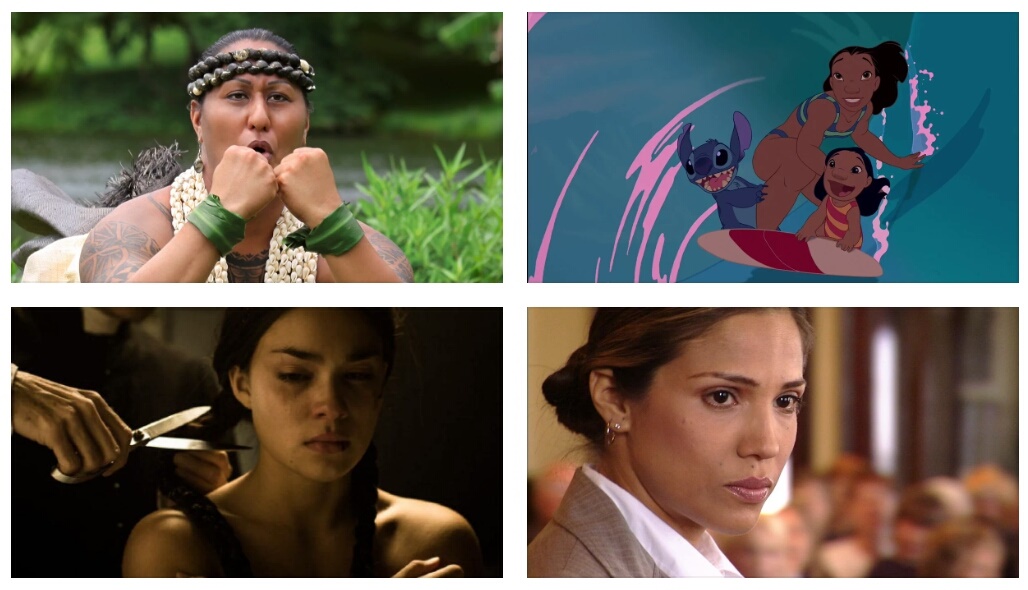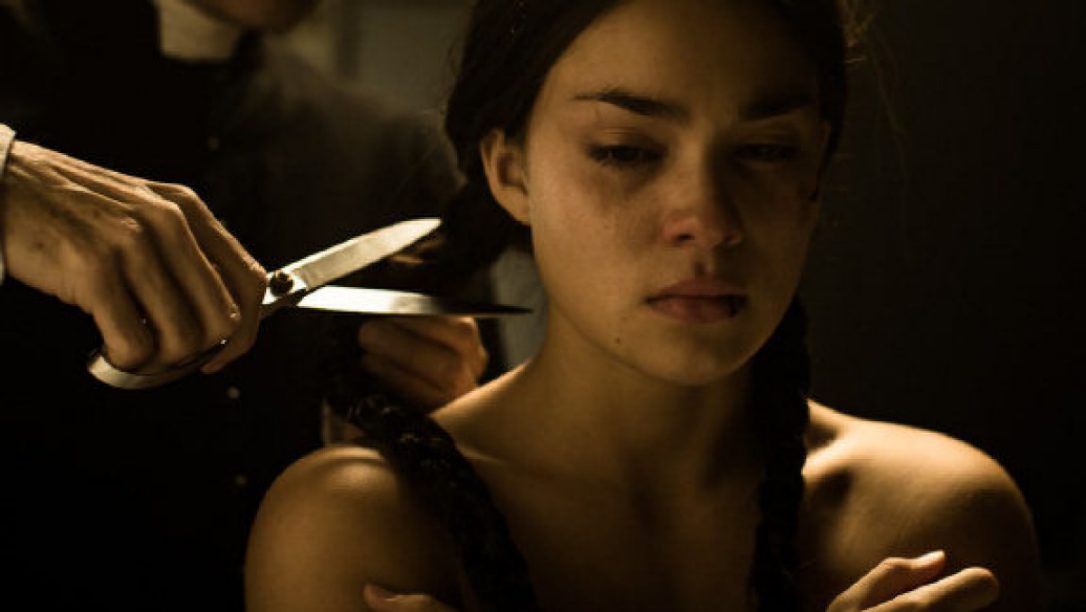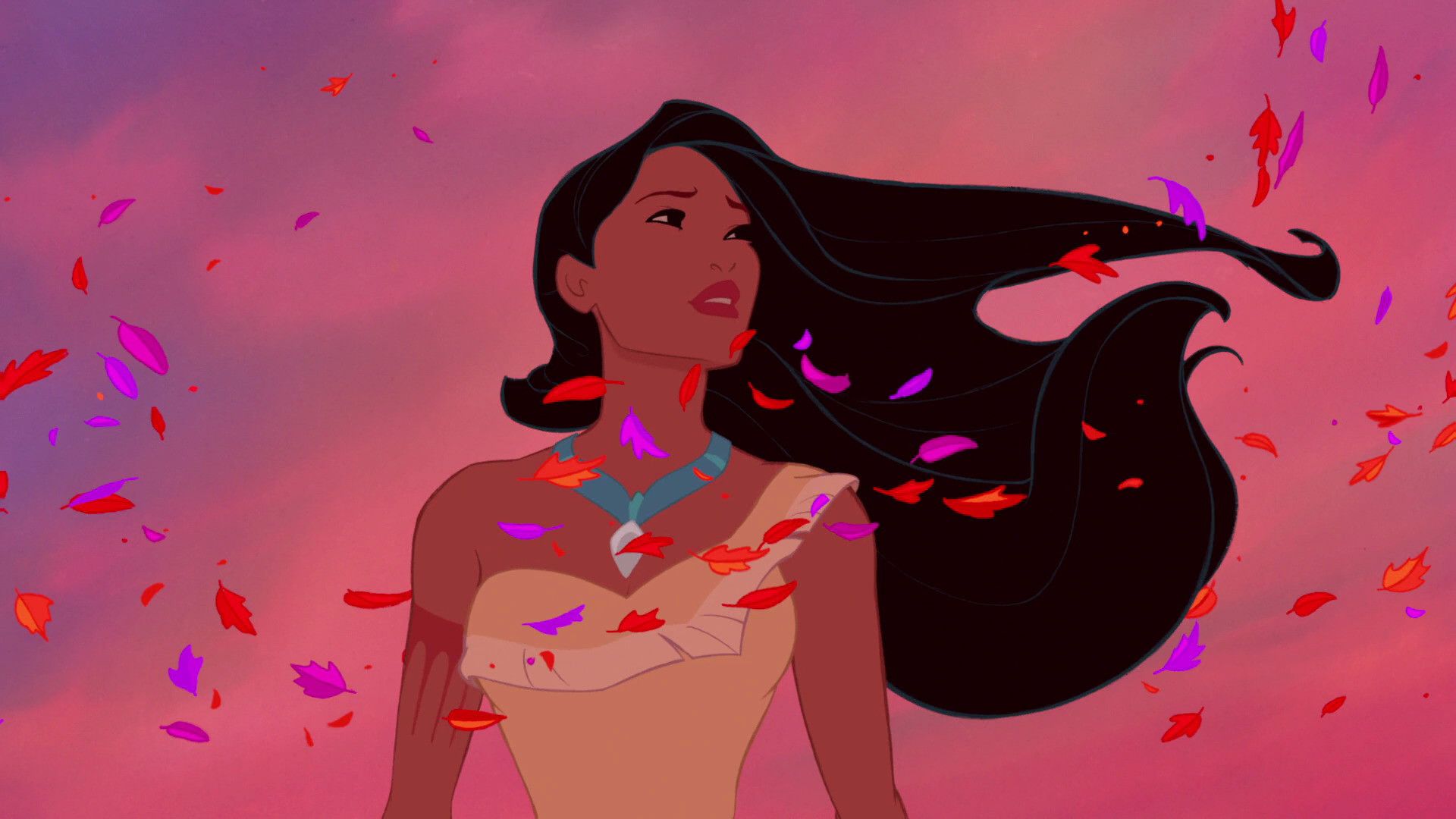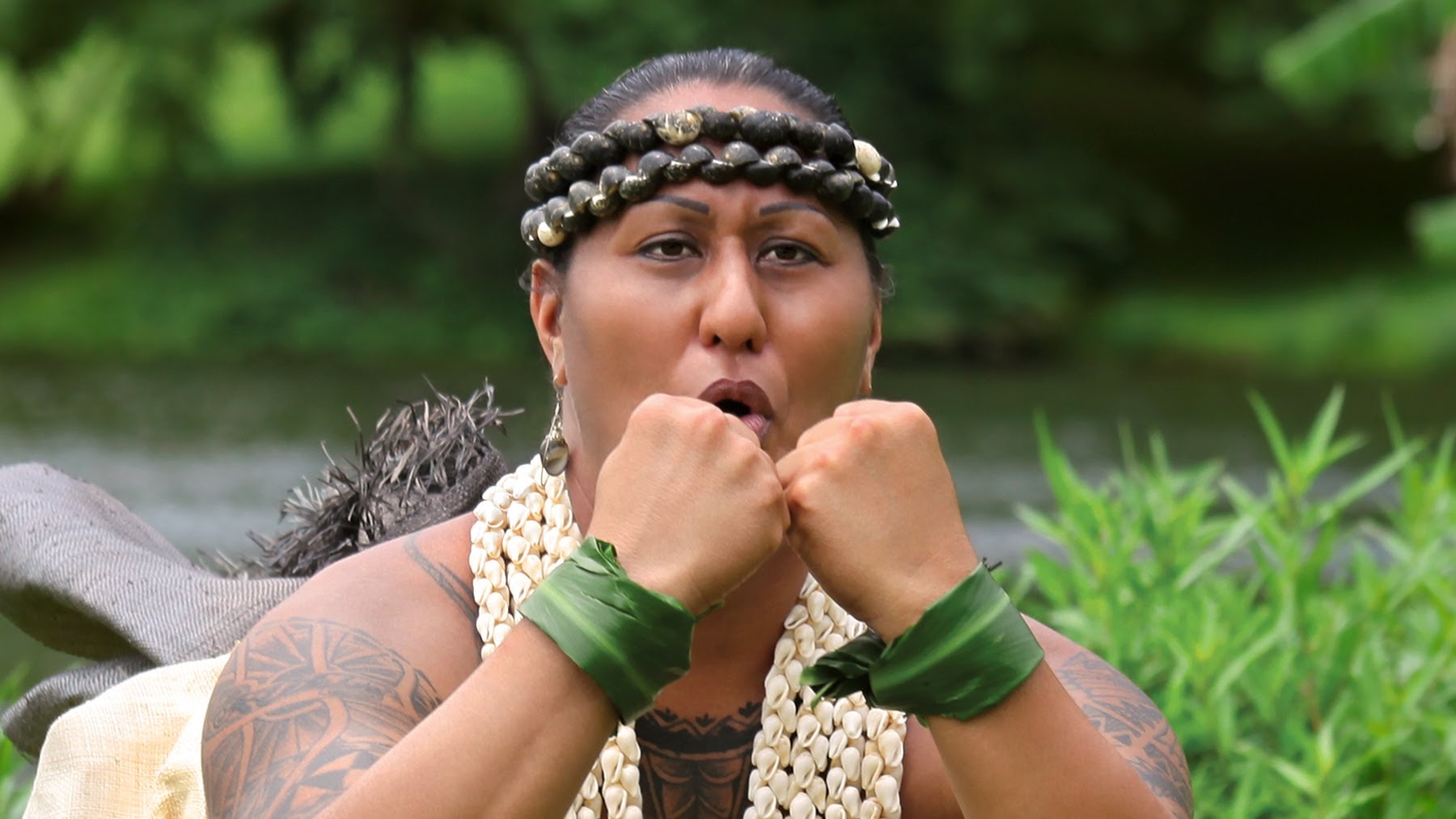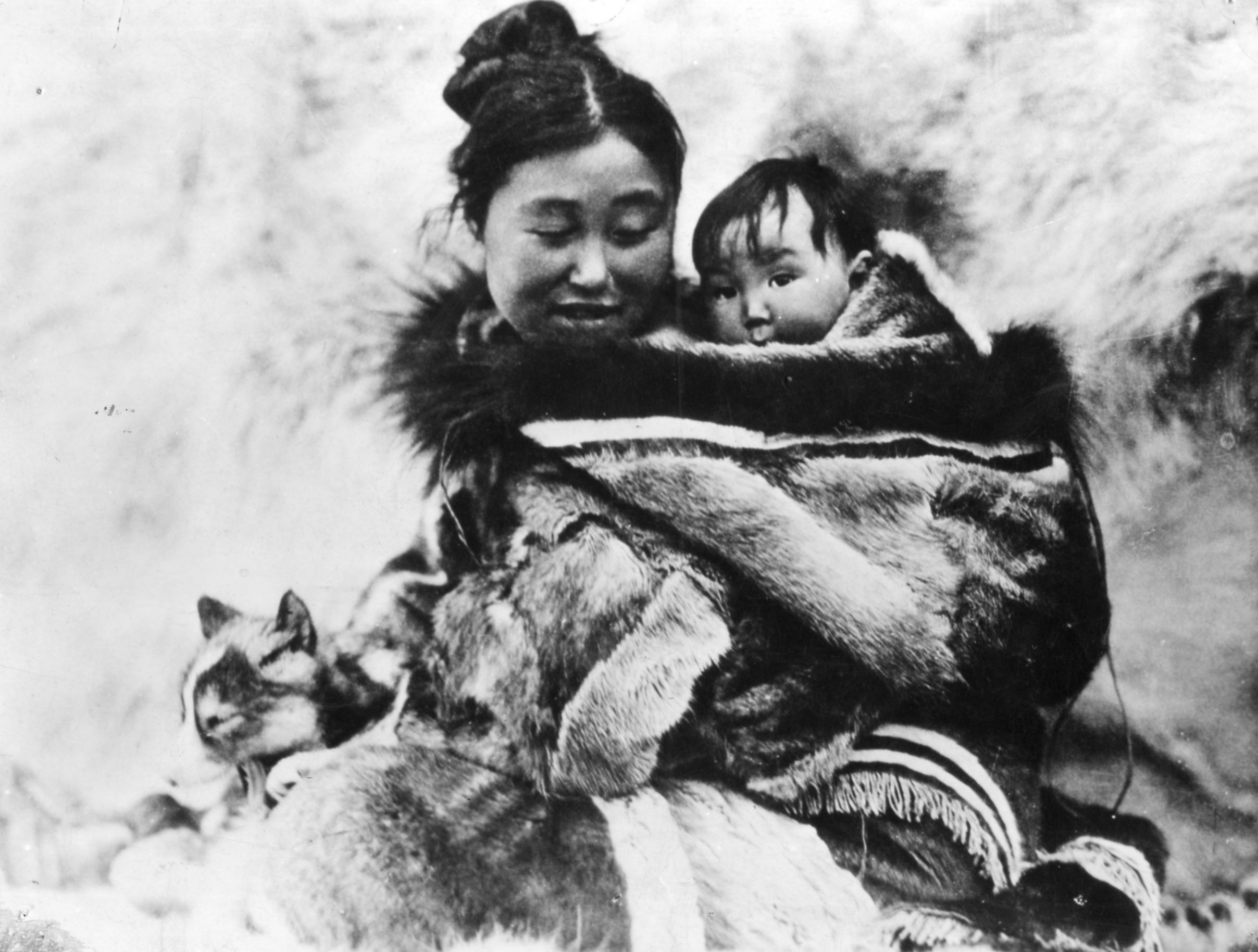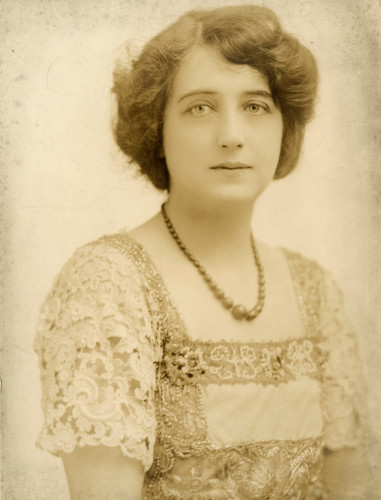This guest post written by Celey Schumer appears as part of our theme week on Unpopular Opinions.
[Trigger warning: discussion of rape and sexual assault]
Don’t believe the hype. You have been conned. The Revenant is a terrible film. And what’s more insulting is that it’s not even a new version of terrible; it’s been-there-done-that tale-as-old-as-time terrible. It’s Dances with Wolves meets Kill Bill in the White Walker woods without the badass female protagonist. You know why EVERYONE who worked on The Revenant (directed by Alejandro González Iñárritu) kept saying how HARD it was to make? How the harsh conditions were frigid, demanding, and grueling? This was to distract you from the fact that there was nothing else to talk about.
This white-man-against-all-odds tale of revenge has been told so many times, even Michael Bay is probably like, “Eh, can’t we find something more original?” The whole team wanted you to think the film was groundbreaking. They wanted you entering the theatre knowing all of these outlandish background stories of wading in freezing rivers and Leonardo DiCaprio the vegetarian eating a real bison liver because those stories swirling in your mind would prevent you from thinking, “Wait, why the fuck do I even care about this guy?” And on an elitist actor note, putting yourself in danger, and disgusting your body to the brink of repulsion is not, exactly, acting. Yes, bending your circumstances and “real world” experiences and research are essential to the craft. But the craft is, at its core, living truthfully under imagined circumstances. You don’t really have sex and you don’t really murder people, but actors pretend those characters and situations all the time. I’m not sitting here and awarding you gold stars for eating real liver and then jaw-clench screaming for 2 hours.
You know why people like The Revenant? Because the cinematography by Emmanuel Lubezki is gorgeous. Really. When the film focuses on the glorious and unforgiving landscape, it is a beautiful sight. Its highest calling is probably being a screensaver for a graphic designer named Theil in Portland. And I know, claiming the critic darling that finally won Leo his Oscar is terrible (who robbed an un-nominated Idris Elba, but I digress) and is certainly a thrown gauntlet. But I stand behind that gauntlet, and this is the most boring zombie movie of all time.
Why is it a zombie movie? Because Hugh Glass (Leonardo DiCaprio), aka the Land Lover, SHOULD BE DEAD. Yes, I know it’s based on real events, and to that I say, PSHAW. “Based on real events” covers a thousand half-truths. For a movie ostensibly obsessed with authenticity, the simple fact that Hugh Glass survives past minute 28 is utterly ridiculous. Here is a (not exhaustive) list of things Glass’ character has absolutely no business surviving: a full on bear attack; woodland “surgery”; being buried alive (Really? No dirt infection?); swimming in a BEAR SKIN (that MUST weigh upwards of 50lbs when wet) in a FREEZING turbulent river with a gaping neck wound; cauterizing said neck wound with gunpowder; swimming in the freezing river again (Really? No hypothermia? A tiny 3-log fire warms him and dries his bearskin? His body fights off all the infections? No blood poisoning? No missing toes?); falling with a horse into a pine-tree and then to the bottom of the pine-tree ravine; spending a sub-zero night inside the horse Tauntaun style… I could go on.
“But it’s a MOVIE!” you cry. “It’s supposed to be sensational.” Shove it. Fast and the Furious is supposed to be sensational. This sold me a bill of goods claiming realism and grit and the power of nature and honesty, and gave me instead a revenge-driven snow-zombie.
The second galling part of the film is its abhorrent treatment of Native peoples. It is at best mediocre, at worst condescending, and at all times unremarkable lazy recycled fodder. Almost every time Hugh has an interaction with a Native American person, they meet with disaster. Honestly, Chief Elk Dog (Duane Howard) and his men are the only ones operating with their own agency and justice in their quest to rescue his kidnapped daughter, Powaqa (Melaw Nakehk’o). But we hardly see them and are left to infer all of this information, until of course Hugh the White Man comes to Powaqa’s rescue. The only two even partially developed Native characters are Hugh’s son Hawk (Forrest Goodluck), and the wandering gent Hikuc (Arthur Redcloud) — whose name you never learn, I had to IMDb it — with whom Hugh shares the bloody snack carcass and a rollicking night of tongue-snowflake catching.
Hawk is killed early in the film (after Hugh is not killed by the bear) because he sees the half-scalped John Fitzgerald (Tom Hardy) trying to smother his father. Glass sees Fitzgerald murder his son but he’s so injured that he can’t do anything (maybe he’s tied to the stretcher, hard to tell) even though he has the strength to literally drag himself from a grave a few hours later. So, revenge for his son’s death inspires Hugh’s entire life from that point forward; it’s problematic to see Native characters fridged to propel the narrative of a white man. Hikuc offers Hugh shelter, food, and a dollop of friendship before he is later found hanging from a tree. Really? The film had to kill Hikuc? Why? To prove this land is brutal? Hugh was buried alive, his son was killed by a man who escaped his own scalping, and he’s performing self-surgery with gunpowder. We get that it’s brutal.
Even lazier than the film’s treatment of Native peoples — and even less surprising, as this is supposedly a “guy’s movie” made by guys being cool guys — is its treatment of women. There are 3 women on-screen in the entire 156-minute film. Not 3 female characters. 3 women. Ever. I scanned the entire IMDb page and included the extras. Powaqa is probably the most significant female character, as Hugh rescues her after being raped by French trappers. Unfortunately, this is historically accurate as many Native women were raped by white men, yet the film still perpetuates the same old white savior shit. Powaqa does get to exact her own revenge, and then we see her later reunited with her people. Can we see this whole movie from the Arikara tribe’s perspective? From Powaqa’s perspective? That would be an actual game changer.
The second woman on-screen is Hugh’s wife (Grace Dove), credited only as “Wife of Hugh Glass” who is brutally murdered along with most of the rest of her village and people (minus Leo and Hawk), and is seen only in dream flashbacks. He never speaks of her, neither does her son, and her entire narrative purpose is pretty much to make you think Hugh is a good guy and also, in case you weren’t sure yet, the West was really fucking brutal. The last woman is simply “Crying Arikara Woman.” I’ve seen the film twice and don’t even remember her.
In the smallest of silver linings, at least the actors playing Hawk, Hikuc, Powaqa, Chief Elk Dog, Hugh’s wife, and the rest of the Arikara are actual Indigenous actors and not whitewashed roles. Really though, the only true achievement of The Revenant (besides its gorgeous cinematography) has been the awareness and activism it helped bolster. DiCaprio’s Oscar acceptance speech, and subsequent environmental activism (which he has advocated for years now but has gained more pop-culture traction because of the buzz surrounding the film) have been hugely beneficial for many causes important to Native peoples as well as our teetering climate. Stars like DiCaprio, Mark Ruffalo, and Shailene Woodley have protested alongside Native people and raised awareness for the Standing Rock water crisis. For my money, you can have an Oscar for that. It’s a far greater accomplishment than most things we put on-screen.
Yet, wonderful as this activism may be, it does not make a good film. Nor does it justify the problematic depiction of Native peoples on-screen. In fact, the noble aspirations of the filmmakers — which they screamed about constantly, every chance they got — make the lazy and decidedly NOT groundbreaking treatment of Native peoples even more disappointing. Why NOT develop those characters? Why not allow them their own independent storylines? Hell, why not make a movie honestly and genuinely from a Native person’s perspective? “Because this was Leo’s passion project, a vehicle to finally win his Oscar,” you’ll say. And I will respond, “Of course it was. It also sucked.”
Celey Schumer is an actress, comedian, and writer. She is embarrassingly good at Harry Potter and Friends trivia. Her degrees in physics (Middlebury College) and structural engineering (University of Washington) look very impressive while they collect dust. She was definitely not eating chocolate as she wrote this. You can follow her on Twitter @CeleySchumer.
